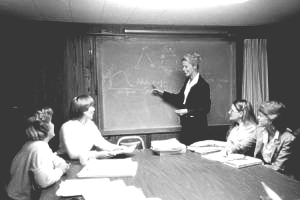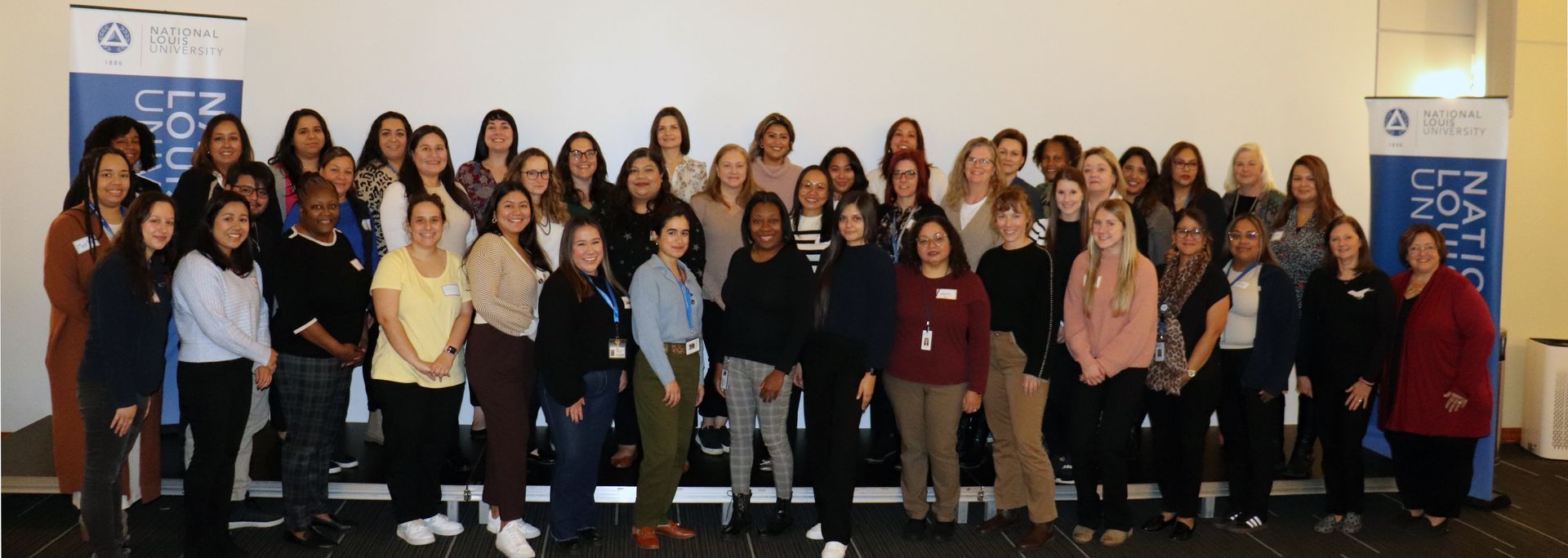BY Teri N. Talan, J.D., Ed.D. | April 28, 2020
Early care and education programs are largely open for business during this time of COVID-19. Program leaders are currently responsible for meeting new health and safety requirements, often restricted to lower enrollments, incurring increased costs, and adapting to changing conditions on a daily basis. In addition to traditional leadership and management competencies, effective program leaders today need to know how to support traumatized children, families, and staff. This leadership work is not for the faint of heart! Some early childhood colleagues may think this is a time to suspend quality assessments that support quality improvement efforts. I strongly disagree. Let me make the case for continuing efforts to assess and improve the quality of administrative practices.
Why Quality Assessments Are Needed
Having effective leadership and management practices and systems in place is especially important during a pandemic such as COVID-19. Early childhood programs are organized as dynamic social systems. As is true for any system, the system is only as strong as its weakest link. The pandemic has put enormous strain on the key components of the system: the people (fearful children, families, staff), the structures (changes to standard operating procedures, use of space, financial resources), and the processes (teaching/caregiving at a physical distance, collaborating via Zoom).
For teaching staff to be able to effectively meet the needs of children and families during the pandemic, they need to be protected through the provision of personal protective equipment (PPE), receive paid sick leave, and consistently implement rigorous health and safety procedures. They also need the support of their peers and supervisors. The Program Administration Scale (PAS) is a tool that is used in many state systems of quality improvement to assess the adequacy of emergency plans, the consistent implementation of health and safety systems, the level of compensation and benefits, the frequency and quality of feedback from supervisors, and the provision of protected time for teachers to plan with colleagues. Assessing the quality of leadership and management practices using the PAS can help program leaders identify a symptom of dysfunction before it develops into full-blown system failure.
What Needs to Change
Assessing and improving administrative practices is still possible. PAS assessments can be done virtually during the COVID-19 pandemic. Coaching and technical support based on these assessments can be provided easily through Zoom or other virtual platforms. However, the emphasis during the pandemic should be on collecting data for the purpose of program improvement not on high-stakes judgement that determines a program’s quality level in QRIS or access to financial rewards. QRIS across the nation have slowly been moving away from compliance monitoring and high-stakes rewards to supporting organizational cultures of quality improvement. The pandemic may turn out to have quickened the trajectory.
How to Virtually Conduct a PAS Assessment
Traditionally, a PAS assessment is an all-day event. First, a tour of the center, followed by an interview with the administrator conducted by a trained and reliable PAS assessor. Next comes the review of documentation that is used to verify the responses given by the administrator. Last is an exit interview during which the administrator signs off on a document acknowledging any documentation that was not available.
Conducting a PAS assessment virtually has some advantages. The attached resource provides a new protocol for virtually conducting PAS assessments during COVID. The most important variation in protocol relates to time. Virtual PAS assessments take place over several days. From the perspective of state or local system providers, there is no travel time or travel expenses incurred with virtual assessments. From the perspective of the program administrators who have participated in a virtual PAS assessment, spending a few hours over multiple days is viewed more positively than devoting an entire day to the assessment process.
Final Word
The COVID-19 pandemic may be with us for quite some time. Our profession will need to adapt to changing conditions. But we must keep our eyes on the prize—ensuring equitable access to high-quality early care and education for all who need it. Quality matters more now than ever.
Dr. Teri Talan, J.D., Ed.D, holds the Michael W. Louis Chair and is senior policy advisor at the McCormick Center for Early Childhood Leadership and professor of early childhood education at National Louis University (NLU). She promotes action by state and national policymakers on early childhood workforce and program administration issues. Previously, she led a child advocacy organization and an early childhood program accredited by the National Association for the Education of Young Children (NAEYC). She holds a law degree from Northwestern University as well as a master’s degree in early childhood leadership and advocacy and a doctorate in adult and continuing education from NLU. She is coauthor of the of the Program Administration Scale; Business Administration Scale for Family Child Care; Escala de Evaluación de la Administración de Negocios; Who’s Caring for the Kids? The Status of the Early Childhood Workforce in Illinois; and Closing the Leadership Gap.






